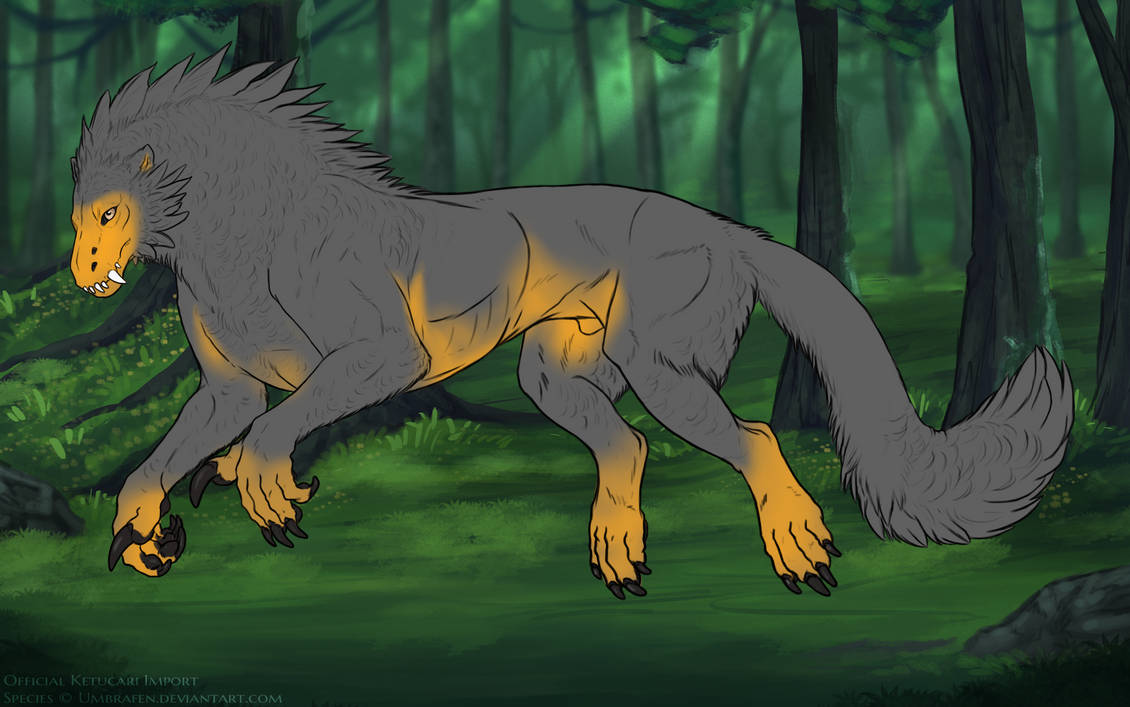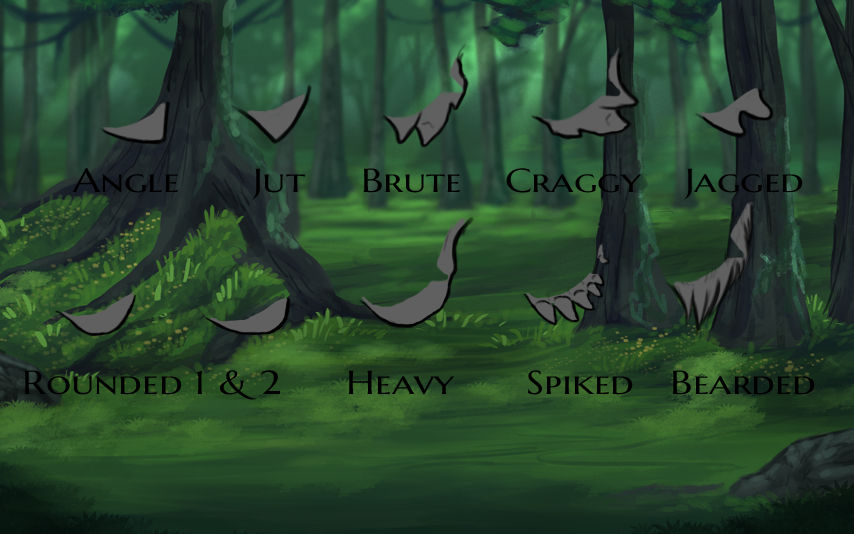EYE COLORS
Ketucari can have any eye color, natural or unnatural. Heterochromia can also occur in any ketucari. Even if the ketucari is blind, the pupil should still be visible no matter the eye color. You may make slight alterations to the shape of the pupil, but it must always be visible without having to zoom in to the image. If your ketucari is blind, the pupil may be lighter than the rest of the eye.
SKIN COLORS
Ketucari can have a variety of natural skin colors. This includes pink, peach, brown, gray, and black, and spotted. Look up skin colors in dogs and horses for examples. Skin color may vary.
If your ketucari has Display, please see Designing: Display.
Alternatively, you may use any color found on your ketucari's coat. For example, if your ketucari has hued points, you may color the skin the same color used for the hued points. You may also match the skin to the base color or any other marking color your ketucari expresses.
If your ketucari has Display, please see Designing: Display.
Alternatively, you may use any color found on your ketucari's coat. For example, if your ketucari has hued points, you may color the skin the same color used for the hued points. You may also match the skin to the base color or any other marking color your ketucari expresses.
Thin Fur
Ketucari are adapted to a wide variety of terrains, and this means some of them may have thin fur. This is an optional free marking, like Minimum White or Black, that allows the skin of the ketucari to show through in certain areas.In these areas, a ketucari's skin may show through from under the base coat. This is most visible on white base and white marking designs, but is available on all base coats as of January 18, 2021.
The skin color should not obscure the base coat or any markings in these areas. These areas may be affected by Display, Aura, and Glow Paste.

